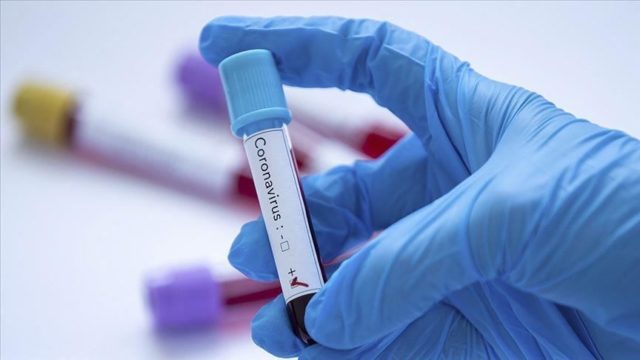
Once again, the small and stable Central American democracy emerges as the best of its kind, with an advantageous universal public health system and a population that, for the most part, has complied with the sanitary measures issued by the government. This has allowed the lowest mortality rates in the region and the last week has had more recoveries than new COVID-19 infections.
Costa Rican Health Minister Daniel Salas affirmed “The response, in general from the population, has been satisfactory. They have understood the historical moment we are experiencing.”
Costa Rica has undoubtedly shown that maintaining some restrictions through quarantine has had positive results in terms of fighting the COVID-19 Pandemic and today it can be seen with a flattened contagion curve. However, they will continue to strengthen the sanitary measures as long as there is no real cure for this virus.
Costa Rica continues with vehicle circulation restrictions
This week it was learned that the vehicle restriction measures in Costa Rica will remain unchanged until at least May 15th. This to help keep the COVID-19 contagion curve flat. During the day they will apply from 5 a.m. to 7 p.m., with license plate distribution and total night vehicle restriction from 7 p.m. to 5 a.m., with stipulated exceptions. Also, on weekends the plates that finished in 1, 3,5,7,9 may transit on Saturdays and 2,4,6,8 on Sundays from 5 a.m. at 7 p.m.
It was also announced that starting May 1st, cinemas, theaters, gyms, swimming pools, and other places will be reopened for non-contact sports practice or training, at 25% of their capacity. On May 11th there will be an official evaluation to analyze whether its vigor can be extended or, conversely, if it goes back in the event of contagion cases increasing.
These measures announced by President Carlos Alvarado together with the country’s health authorities come after two weeks in a row with a lower number of daily Coronavirus cases.

